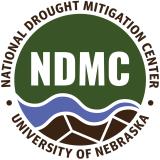Intermountain West Drought Briefing: January 9, 2024
Thirty-six percent of the Intermountain West Drought Early Warning System region is in drought, with parts of Arizona, New Mexico, and Colorado in Moderate to Extreme Drought (D1-D3) and Exceptional Drought (D4) in New Mexico.
This webinar examined current conditions for the Intermountain West and the forecasted drought conditions for Arizona, Colorado, New Mexico, Utah, and Wyoming. There was also a special presentation on the Water Adaptation Techniques Atlas.
For more information, please contact Dr. Gretel Follingstad (gretel.follingstad@noaa.gov).







